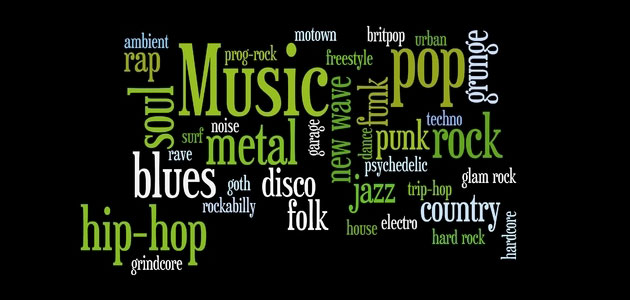
“That’s some awesome tech house!”
“I thought it was more progressive.”
EDM is split up into intensely divisive sub-subgenres. Although fans debate whether EDM itself is a unified genre, considering the diverse range between house, dubstep, trance, electro, and Eurodance, each subgenre is split up even further. On the house end, there’s progressive, electro, disco, and tech house, among others; dubstep, essentially an offshoot of drum and bass and garage, now has brostep – considered an Americanized version of the British-originating subgenre. But, do any of these specific sounds, which may even essentially come down to where a sub-subgenre originated, matter, and what factors separate one sub-subgenre from the next?
A quick glance at Wikipedia indicates that EDM’s major subgenres are all divided up, with house having 22 sub-subgenres. But, considering Wikipedia’s nature, these are simply the sub-subgenres editors have entered; more, depending upon how producers and listeners label sounds, likely exist. On the other hand, the list is debatable and indicates why Wikipedia is not always a reliable source. For instance, is synth-pop truly a sub-subgenre of electronica? Fans would argue that classic synth-pop, like New Order and Depeche Mode, influenced electronica’s key players, like Fatboy Slim and The Chemical Brothers.
Fusion is a dividing force causing sub-subgenres to form. Moombahton, disco house, electro house, and tech house are amalgamations of the subgenre known for its four-to-the-floor beats and other EDM or outside genres, such as reggaeton, disco, electro, or techno, respectively. What’s the result? While tracks from each sub-subgenre have a house foundation, melodic and rhythmic elements are emphasized in varying degrees.
On the other hand, some sub-subgenres veer closely toward each other, essentially approaching similarity. Consider Eurodance and pop house. When David Guetta adds prominent vocals on top of house beats and melody and Cascada’s DJs stick with a pop song structure and vocals and throw in some house beats, where’s the dividing line? Why, when Guetta’s pop elements are so high in the mix, he is still grouped in with house?
Location is another dividing factor. In the past, certain genres developed on a local level, but better global connectivity in the present bridges scenes and sounds. And, with global influences, producers’ sounds change. When Crossfadr spoke with Marco V earlier this year, he spoke about his transition from niche genre (tech house) to be part of the EDM “melting pot”: “You know, tech-trance is something I did 12 years ago, so I don’t think my music is that much tech-trance anymore. Yeah, they call it ‘house’ now at the moment, but for me, what people play at the moment isn’t house – it’s just some melting pot of trance, tech-house. You can’t call it house; it’s not like house was back in the day. And the stuff I’m doing now, as well, my music is also a melting pot of different styles and different genres of music.”
As other proof sub-subgenres are blending together sonically, EDMSnob.com conducted a survey regarding the growth of EDM and found, in the process, that, while house, techno, trance, and dubstep were defined, listeners cannot always tell the difference between each sub-subgenre. What does this mean? Although these results are from a single survey, they point to the notion that, perhaps, so finely dividing up the genre is inconsequential.




